Best Irish Whiskey: 9 Bottles You Should Try
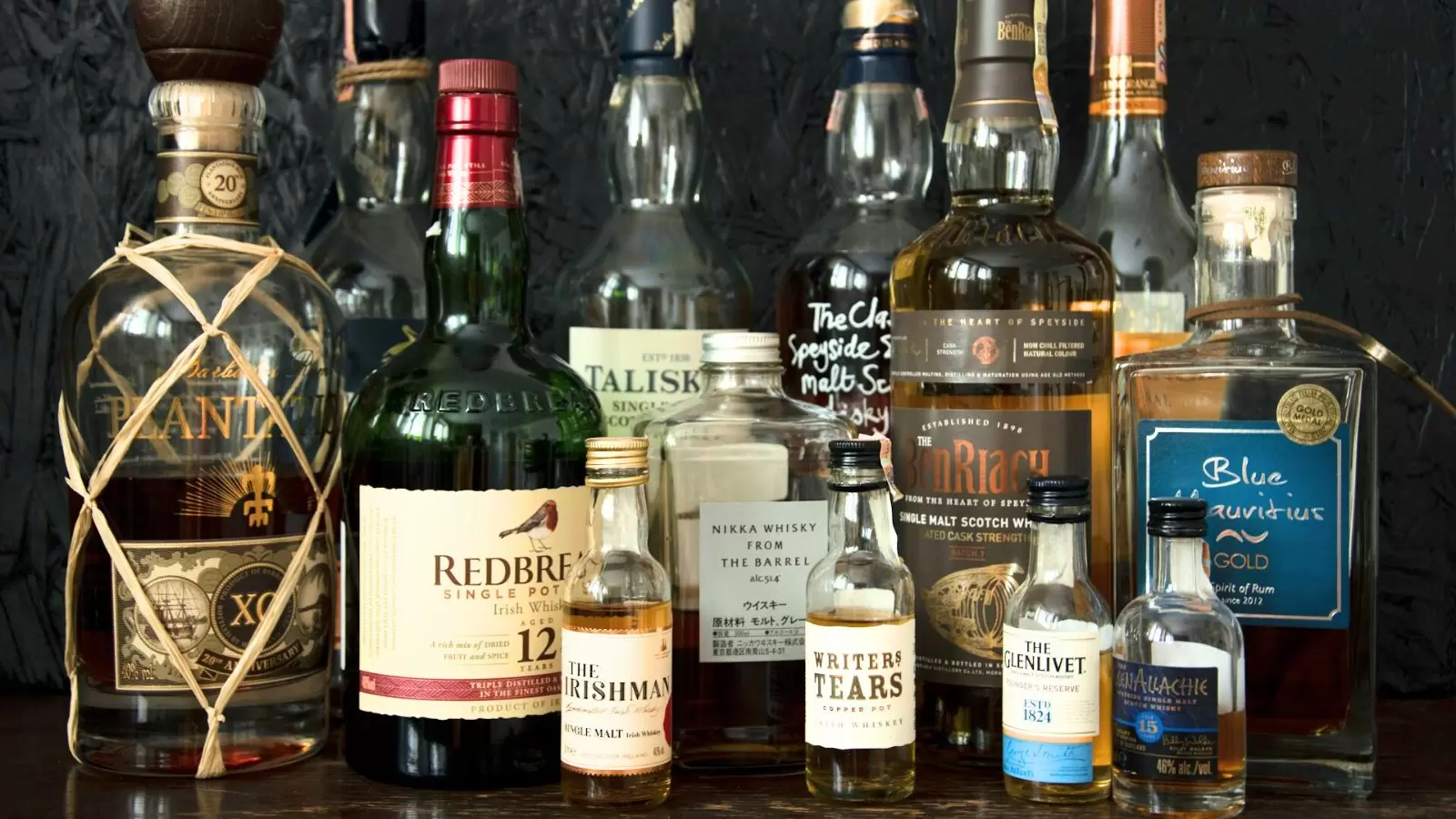
Irish whiskey isn’t just Jameson. The Emerald Isle is cranking out some of the most exciting drams on the planet right now, many of them smooth, affordable, and packed with character.

Irish whiskey isn’t just Jameson. The Emerald Isle is cranking out some of the most exciting drams on the planet right now, many of them smooth, affordable, and packed with character.
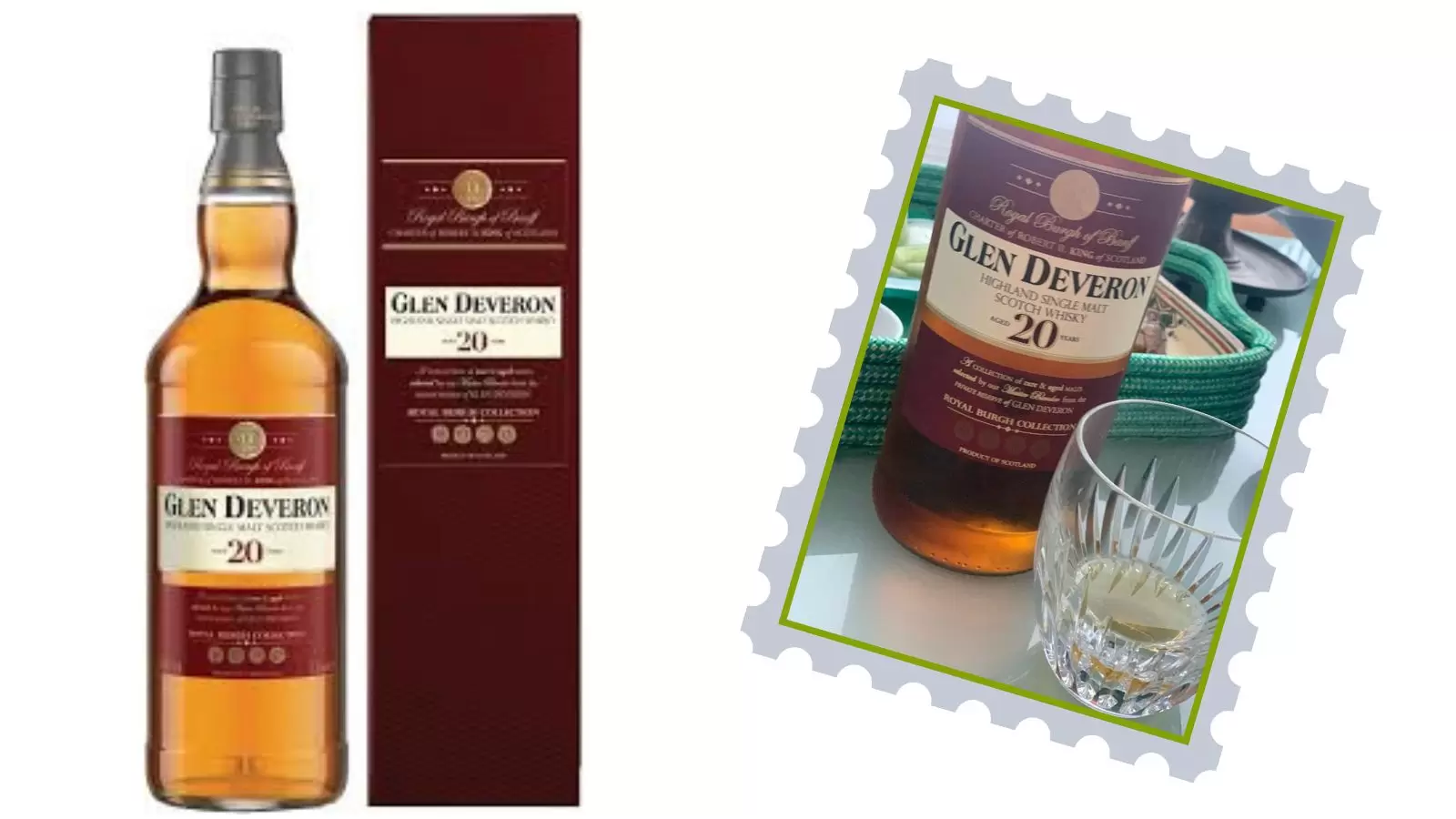
Looking at the blog, I realised last week that I have been trying a mixture of blended malts, such as Black Bottle, as well as Islay and Highland drams. This is not about to change, as a friend invited me for drinks and we tried the Glen Deveron 20 year old Highland single malt Scotch whisky. The release is part of the Royal Burgh of Banff Collection Charter of Robert II, King of Scotland.
Read More »Glen Deveron 20 year old Whisky Review
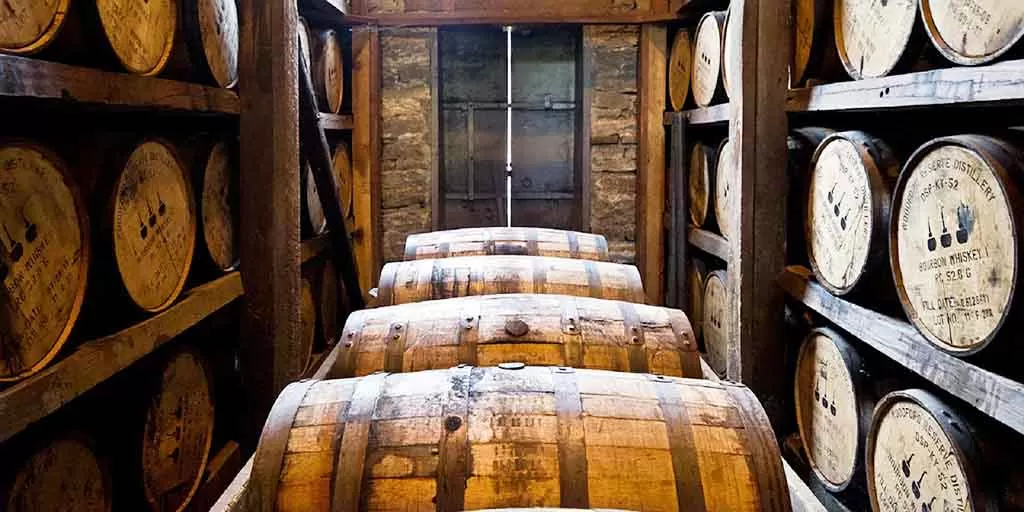
When it comes to global whiskey heavyweights, Jameson vs Jack Daniel’s whiskeyis the ultimate showdown. It’s smooth Irish charm versus bold American character — and here on the island, it’s a debate I’ve had more than once over a casual drink.
Read More »Jameson vs Jack Daniel’s Whiskey: Ireland vs the USA

It is time for a rye whiskey again, and this week I feature Michter’s Single Barrel Kentucky Straight Rye whiskey. The distillery was founded by John Shenk in Schaefferstown, Pennsylvania, in 1753 and known as Shenk’s. In the mid-1800s, Pennsylvania Dutchman Abraham Bomberger bought the distillery, and the name changed to Bomberger’s.
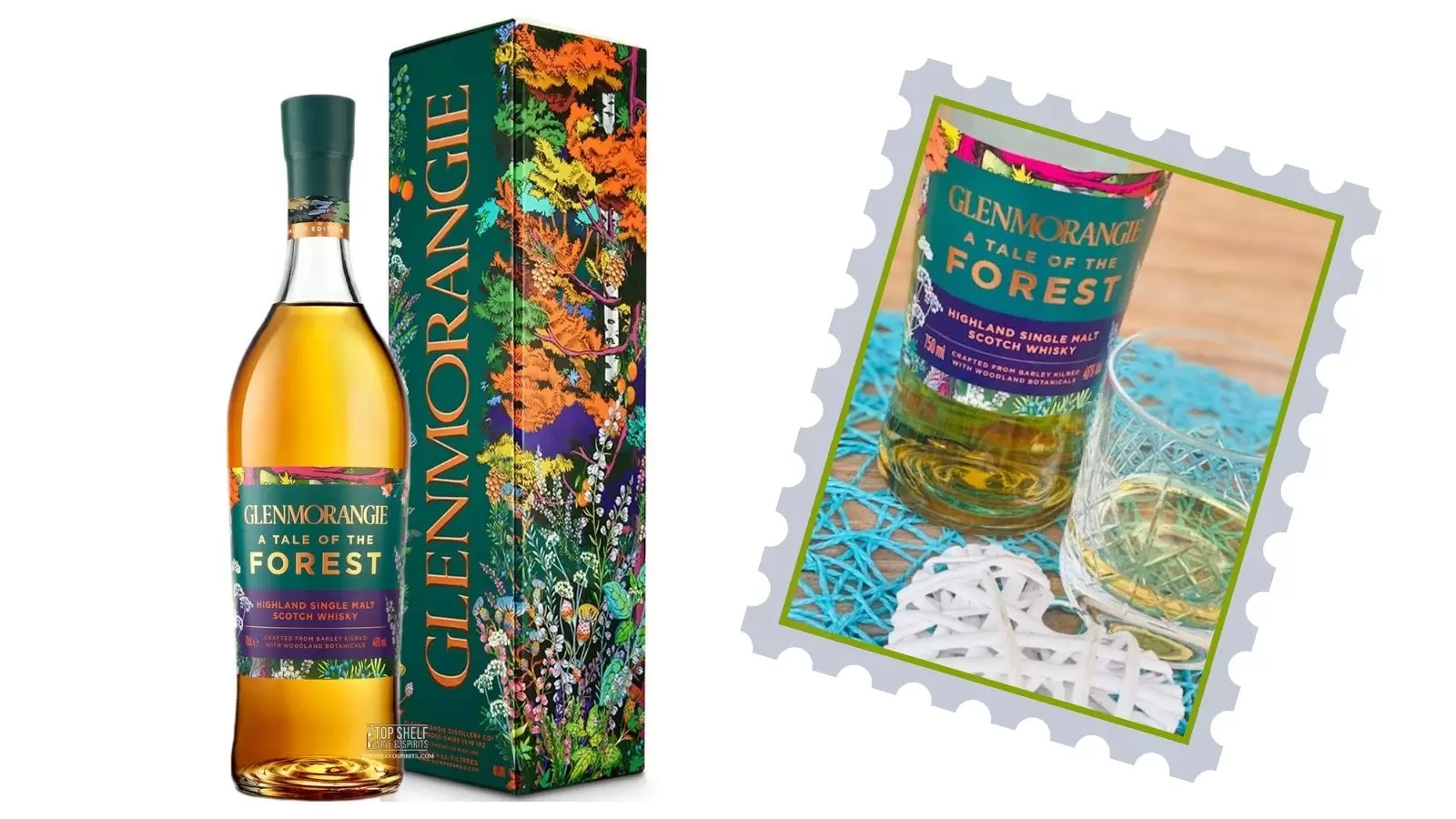
When I first laid eyes on the Glenmorangie A Tale of the Forest, I was hooked. The bottle’s striking artwork, created by illustrator Pomme Chan, features bold, vibrant colours that practically shout from the shelf.
Read More »Glenmorangie A Tale of the Forest: A Forest-Inspired Single Malt
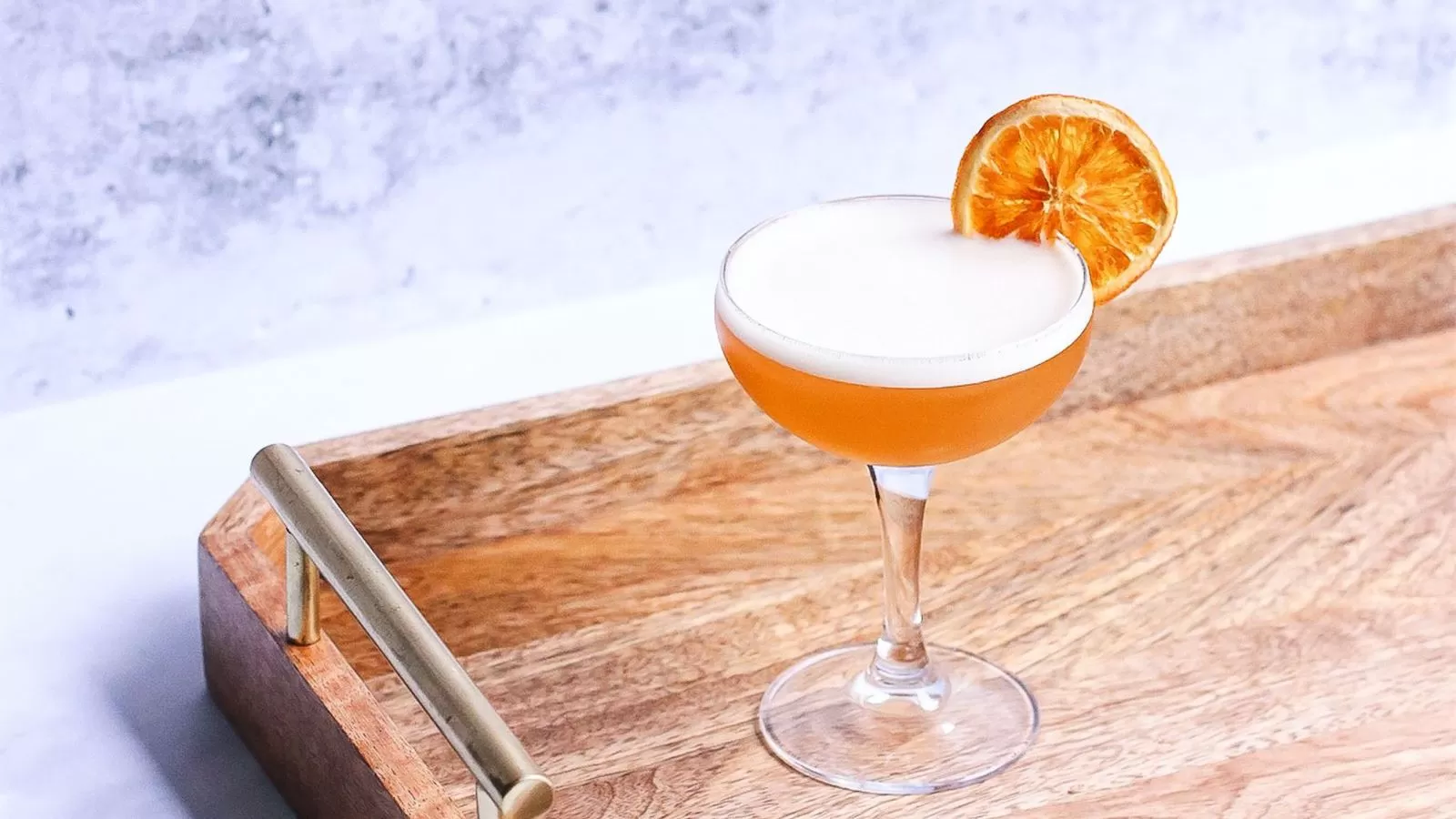
Another refreshing classic whiskey cocktail today; the whiskey sour or a whisky sour if your choice runs that way. Whatever dram you use, does not matter. Let’s look at how to make a whiskey sour cocktail.